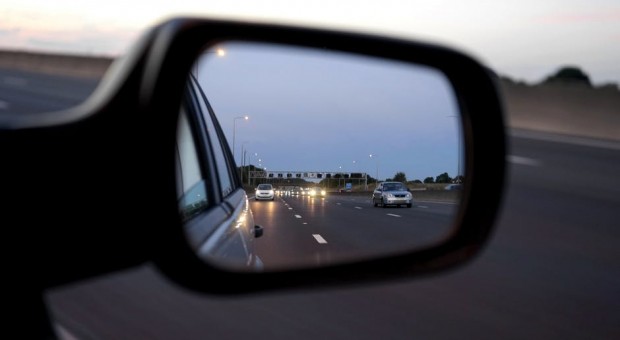
Are Drivers Becoming Too Reliant on Vehicle Safety Technologies?
With a seeming surfeit of safety technologies now in place in most vehicles, there is arguably a tendency for complacency to set in among drivers. Who can blame them? After all, isn’t it the purpose of technology to make driving — and life in general, really — easier, safer and more convenient?
So, are drivers really becoming overly reliant on vehicle safety technologies?
The answer, evidently, is yes. In an AAA Foundation for Traffic Safety research on this matter, it was revealed that “many drivers are unaware of the safety limitations of advanced driver assistance systems.” Said systems include, but are not limited to, blind spot monitoring (sensors detecting other vehicles on the side and rear), forward collision warning (use of either laser or radar to detect a possible crash) and lane assist (a mechanism to warn drivers that they are changing lanes). Researchers from the foundation found out that as much as 80% of drivers either do not know the limitations of these safety features or tend to overestimate their capabilities.
Take, for instance, the case of forward collision warning systems. Many drivers incorrectly mistake it for an automatic breaking system which will apply the brakes when it detects a possible crash. This, unfortunately, is not the case; rather, it will only alert the driver of the impending collision.
Perhaps the most honest-to-goodness assessment on this matter comes from a Canadian driving instructor named Shaun de Jager. Teaching road safety and advanced driver training for over a decade already, de Jager told CTV News point blank that “new technologies are making drivers worse”.
“They’re making (drivers) more complacent because they are drinking the marketing Kool-Aid about the safety features,” rues de Jager. “They’re told, ‘Your car can do this, your car can do that, so if you miss something, the car will do it for you . . . All the technology is taking the respect away.” He especially laments blind spot monitoring and lane keeping systems. The former, de Jager explains, keeps modern-day drivers “from doing shoulder checks anymore”. The latter, meanwhile, had the long-time trainer rhetorically asking CTV News, “Who’s that for?”
Ultimately, having these same technologies does lead to complacency, or worse, a misplaced sense of security. Nevertheless, they are actually quite useful when properly utilised notes Dr. David Yang. The executive director of the AAA Foundation for Traffic Safety, Dr. Yang emphasises that “vehicle safety technology is designed to make driving safer,” but is quick to point out the vital role drivers inevitably play when it comes to safety.
As business owners it is crucial to ensure your drivers are suitably trained. As we become increasingly reliant on technology, it’s important to remember that not all safety features are infallible. L&T Transport can train your drivers and help prevent this from happening, offering a variety of services to help improve safety on the road. It is crucial to ensure drivers are correctly trained in the use of any new safety technologies fitted to their vehicles, and that they understand the limitations of these technologies. L&T Transport can offer you a comprehensive driver training solution that will leave your drivers better equipped to deal with any situation they may encounter on the road.
Dr. Yang is right. Technology can improve driver safety and it is doing so in a multitude of ways. Today, drivers can even get immersive training via driving simulators that use virtual reality, like the VR Motion-made VR Driver’s ED System. Training via VR is becoming popular in the high-speed world of F1, where drivers seemingly cheat death in every race. The sport has embraced VR technology, with more teams letting their drivers train in VR. As Coral explains in its feature ‘What’s the Impact of Technology on Sport?’ VR training “gives drivers an extra edge when visualising the track.” This extra edge is vital in sports such as F1 where “fine margins” are key to victory.
Perhaps just as important, VR training breeds familiarity between the driver, the track and of the supercars they drive. This familiarity, in turn, boosts safety as the driver is well prepared once they enter the cockpit. Interestingly, some of the in-vehicle safety features now installed on cars were pioneered by race cars, whether in NASCAR, F1, or drag racing. Traction control and power braking, for instance, were introduced to F1 cars in 1993. Since then, both have become permanent fixtures of everyday vehicles.
Indeed, technology is still a good thing, especially in terms of vehicle safety. But as we noted in our ‘Putting Safety First Before Taking to the Roads’ post, safety is still your responsibility. You are taking charge of a powerful machine; so do make sure you’re in charge — always.
Image credit: Pexels
















